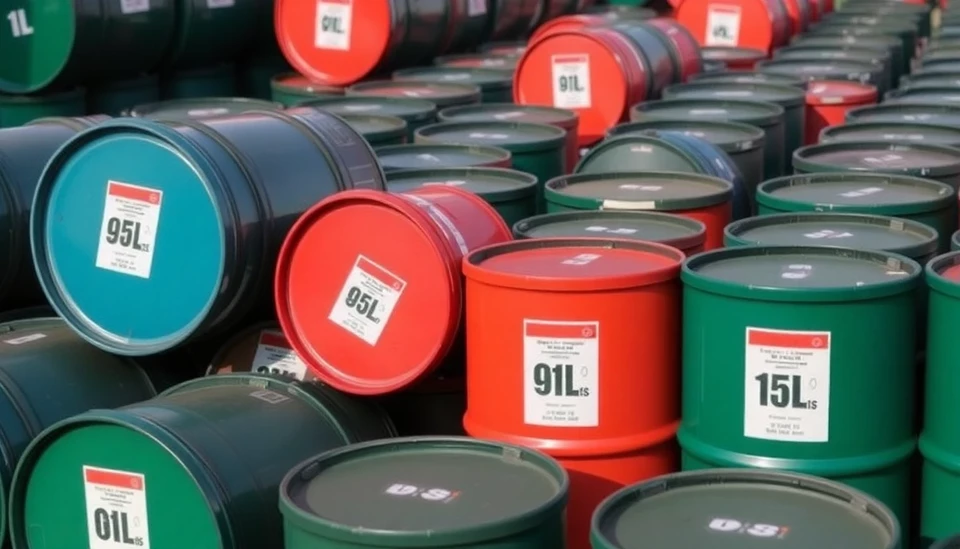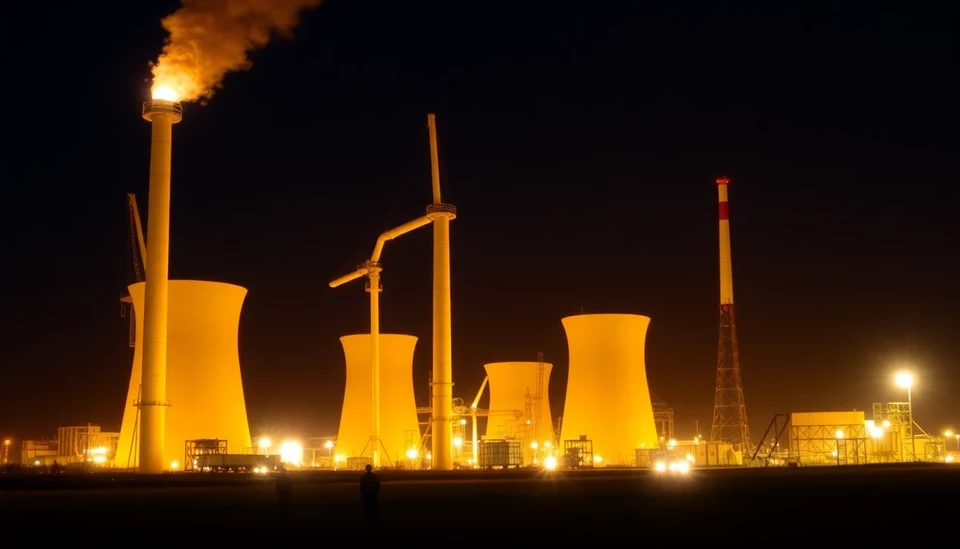
The International Energy Agency (IEA) is facing challenges in its bearish oil market forecast for 2025, largely due to the mysterious disappearance of millions of barrels of oil that have not been accounted for. This discrepancy raises significant questions regarding the IEA's analysis and projections for the global oil market.
Data from regulatory agencies around the world indicate that the global oil supply has suddenly shifted, with gaps appearing in countries known for their heavy oil production. The IEA's report, which emphasizes a potential surplus in oil supply leading into 2025, now seems increasingly tenuous. Experts are scratching their heads over the missing oil, as it contradicts the expected growth or stability in production rates that had led the IEA to its conclusions.
This sudden absence of oil barrels is particularly evident in major producing regions such as the Middle East and the United States. While the IEA initially formulated its forecasts based on expected production levels, recent data suggests that oil production has not only stalled but may also be experiencing unexpected declines. This new information forces analysts to reconsider the potential for future prices to dip significantly as anticipated.
The IEA has been historically regarded as a critical authority in energy markets, often guiding international strategies and investments. However, this recent gap in their production forecasts could lead to a ripple effect, impacting financial markets, investor confidence, and future policy decisions surrounding energy use and sustainability.
Furthermore, analysts are concerned about the transparency of reporting from oil-producing nations. Many countries have been accused of not fully disclosing their production capabilities or reserves, thus complicating global oil market assessments. With geopolitical tensions continuing to shape energy politics, the lack of clarity around oil production could present numerous challenges moving forward.
As the potential implications of these missing barrels unfold, numerous stakeholders—ranging from governments to investors—are keeping a close watch on the implications for pricing and supply dynamics in the oil market. Concerns are growing about whether the IEA can adequately adjust its predictions in light of these data discrepancies and remain a credible source for oil market insight.
In conclusion, the missing oil barrels present a critical challenge to the IEA's recent bearish outlook for 2025, casting doubt on the validity of its production and supply forecasts. As the situation continues to develop, many are left wondering how this will influence global oil prices and the broader energy market landscape.
#IEA #OilMarket #EnergyForecast #OilProduction #GlobalOilSupply #MarketAnalysis #EnergyPolitics
Author: Victoria Adams




